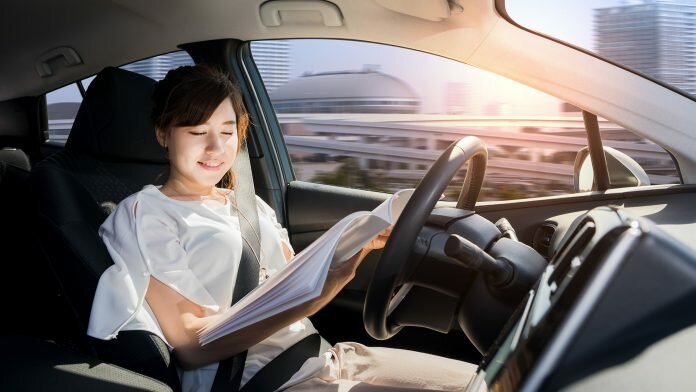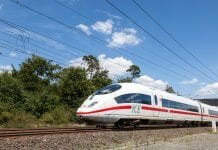
A new study has shown autonomous cars working cooperatively can reduce traffic congestion by up to 35 per cent.
The research, conducted as part of an undergraduate programme at the University of Cambridge, was designed to observe changes in the flow of traffic based on the behaviour of self-driving and human-operated vehicles. A fleet of autonomous cars was programmed to drive around a track with multiple lanes and researchers observed the effect on traffic flow of stopping one of the cars: the test compared the relative reactions of autonomous car cooperative driving, autonomous cars operating independently of each other; and how the cars’ behaviour changed when a car controlled by a human driving erratically was added to the test.
The autonomous car cooperative driving experiment was conducted in the laboratory of Dr Amanda Prorok at the University of Cambridge’s Department of Computer Science and Technology. Dr Prorok said: “Our design allows for a wide range of practical, low-cost experiments to be carried out on autonomous cars. For autonomous cars to be safely used on real roads, we need to know how they will interact with each other to improve safety and traffic flow.”
The results of the study, presented last week at the International Conference on Robotics and Automation (ICRA) in Montréal, showed that autonomous cars operating individually were subject to the same traffic delays as human-operated cars on real roads: when one car stopped, the vehicles behind it had to slow down or stop and queues formed. By contrast, when the fleet was driving cooperatively and the cars were able to communicate with each other, the stopped car sent out a signal to surrounding cars and the vehicles in neighbouring lanes slowed down to allow cars in the stopped lane to pass smoothly. When a human-operated car driving aggressively was deployed, the cooperative autonomous cars could give way to the human driver without incident.
Co-author and algorithm designer for the study Michael He, an undergraduate student at St John’s College, said: “Autonomous cars could fix a lot of different problems associated with driving in cities, but there needs to be a way for them to work together.”
Nicholas Hyldmar, an undergraduate student at Downing College and co-author of the study, who designed much of the hardware used, said: “If different automotive manufacturers are all developing their own autonomous cars with their own software, those cars all need to communicate with each other effectively.”


















